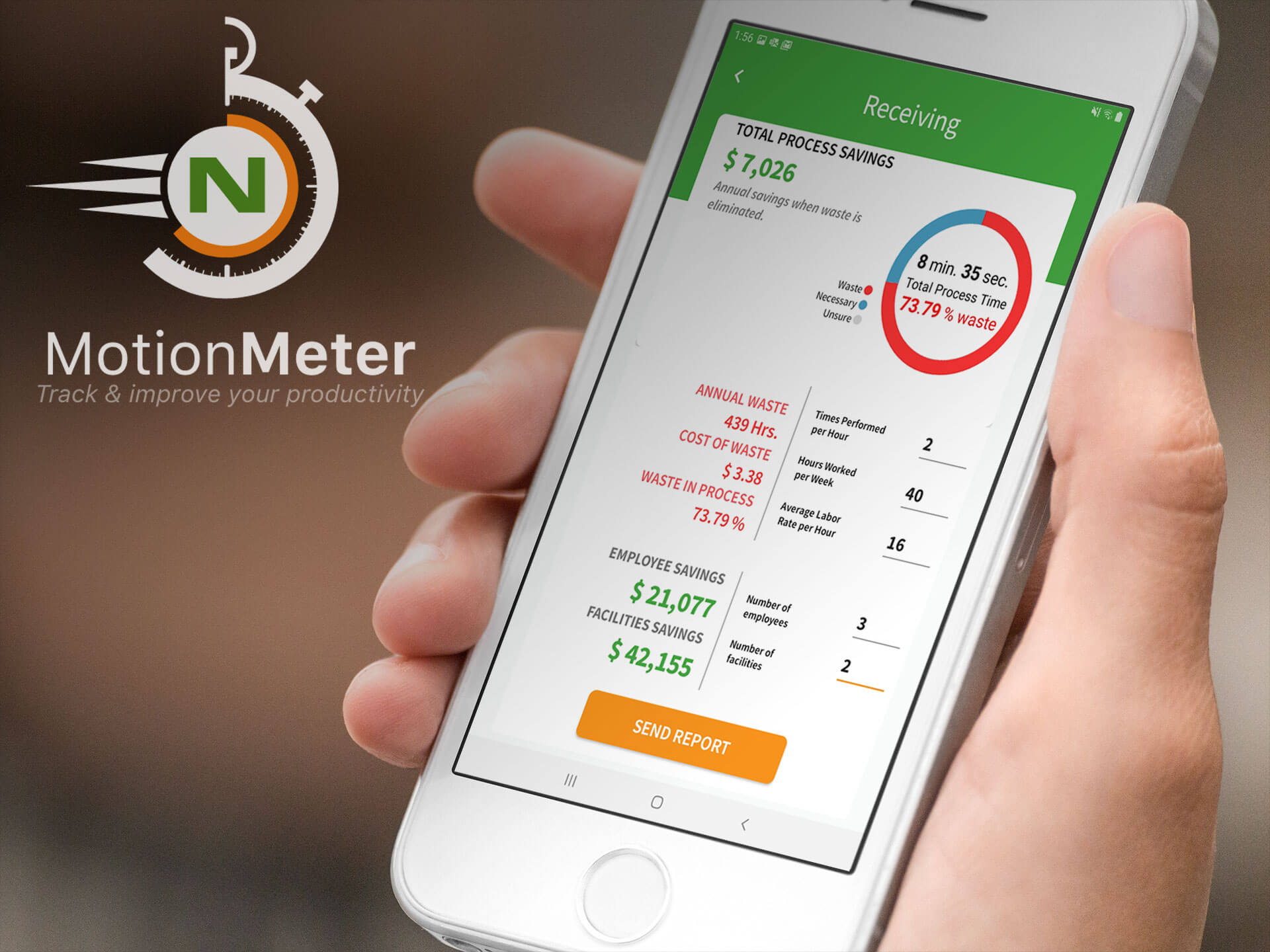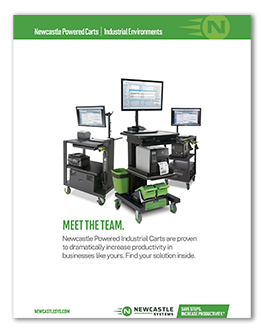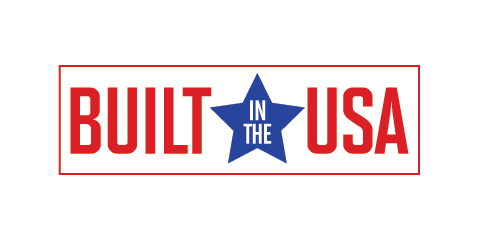
It's peak season, and you're trying desperately to keep inventory moving in and out of your warehouse to satisfy your clients. But one of the additional challenges you face is a warehouse device shortage, which is stifling your efforts.
Who is to blame? That's a tricky question to answer because we appear to be in uncharted territory. But it's certainly worth exploring why warehouse devices are in short supply and some of the ways you can address the issue with different processes.
Why Technology and Materials Are in Short Supply
Warehouse management is continually hampered by distractions. There are challenges with monitoring on-time deliveries, dealing with labor issues, and logistics problems. But, what about a current issue that is not only impacting the warehouse space but also the entire planet? We are currently facing a supply chain crisis that has left the world short of just about everything.
Surge in Consumer Demand
Stress in the supply chain actually pre-dates the COVID-19 pandemic. In the months leading up to the pandemic, trade tensions between the U.S. and China created volatility in the world markets, leading some companies to overstock inventories in anticipation of new tariffs. This put initial stress on the global logistics system.
Then COVID hit in the first half of 2020, and the demand for some goods plummeted while others soared. For the most part, consumers began shopping online at unprecedented levels, placing even more pressure on an already weakened global supply chain. According to the Consumer Brands Association, sales of consumer packaged goods jumped 9.4% in 2020. This has caused many companies to rethink inventory levels going forward. That is if they can get the items.
Supply Chain Breakdown
From footwear to computer chips to essential medical supplies to chicken wings, continued disruptions to factory production and bottlenecks in distribution are leaving unprecedented shortages of goods throughout the global economy.
At the beginning of the pandemic, worldwide economies were shut down due to massive lockdowns, cutting manufacturing capacity, displacing workers, and stopping shipments. Even after the lockdowns eased, what was once a well-oiled machine was weakened.
The global supply chain no longer operates with the precision that it once did. Manufacturing is unable to get raw materials, there are shortages in shipping containers, and congestion exists throughout distribution channels.
Shipping Costs Soaring
 The disruption in the global supply chain continues to be a significant issue for businesses that buy goods and services overseas or from other parts of the country. Even if the goods are being produced, getting them to the warehouse is another matter entirely.
The disruption in the global supply chain continues to be a significant issue for businesses that buy goods and services overseas or from other parts of the country. Even if the goods are being produced, getting them to the warehouse is another matter entirely.
Large retailers like Home Depot, Target, and Nike - all of which continue to have problems stocking shelves - can afford to stockpile goods. They can also afford the extra costs being charged to ensure their shipments get passage on overbooked cargo ships, even as shipping costs have soared tenfold over the past 18 months.
But smaller manufacturers and warehouses may not have this luxury. Before the pandemic, moving a truckload of goods between warehouses from one side of the U.S. to the other might have cost around $2,500 and taken about four days. Now, that cost has soared to as much as $7,000 and requires about two weeks.
When a virus outbreak on the other side of the world can have such a ripple effect for so long, industry leaders and small business owners alike are learning some hard lessons. One of those relates to resilience and how to address some of the current shortages to remain in operation.
Addressing Warehouse Device Shortages With Processes
You may have an accurate and efficient warehouse operation thanks to some warehouse automation features. But when device shortages become a challenge, how can you address them? Here are a few suggestions you can implement:
1. Track the Devices You DO Have
 When you are dealing with device shortages, the last thing you need is to have a perfectly working one disappear. Similar to what you can do with inventory, place RFID tags on your warehouse devices so that you can track them easily throughout the facility.
When you are dealing with device shortages, the last thing you need is to have a perfectly working one disappear. Similar to what you can do with inventory, place RFID tags on your warehouse devices so that you can track them easily throughout the facility.
2. Keep a Rigid Maintenance Schedule
Some warehouse devices require regular inspection and maintenance. If you put it off or ignore it completely, you are asking for trouble, particularly during a time when replacement components are scarce. Keep to a strict schedule and even consider making it more rigid to catch problems before they take a device offline.
3. Have Contingency Plans in Place
There's more than one way to get items from Point A to Point B or record inventory inflows and outflows in a warehouse. You might have a preferred method based on the use of all available technology and devices. But when some of those items are unavailable, it's a good idea to have some contingency plans already in place.
4. Make Your Supply a Part of Your Team
Great suppliers are hard to find, and too many businesses only speak with their suppliers when they need to place an order or troubleshoot a problem. Instead, make some of your key suppliers a part of your team to help you develop the best strategies for dealing with these shortages. After all, your success reflects on them as well.
5. Address Existing Inefficiencies
 If you haven't already done so, now is a good time to address any existing inefficiencies in your warehouse that will boost your results whether you are using automation solutions or not. These include items like:
If you haven't already done so, now is a good time to address any existing inefficiencies in your warehouse that will boost your results whether you are using automation solutions or not. These include items like:
- Poor facility layout - Are you using your existing space efficiently?
- Redundant processes - How many times does a worker handle a product? Can you make improvements in these processes?
6. Leverage Your Warehouse Data
Most warehouse devices are tied to a warehouse management system (WMS). This is an integrated system that helps manage and control the day-to-day operations in the warehouse. It is also a rich source of data. You can use this data to optimize the movement and storage of items in your warehouse, with and without your devices.
Avoid Frustration When Dealing With Device Shortages
If you want to reduce the frustration associated with device shortages, keep your eye on the big picture. Having the right processes in place that complement your devices can have a tremendous impact on your business's success.
In today's environment, there's no guarantee that shortages won't exist. But it's time to take control of everything you can so that you can continue to meet and exceed the needs of your customers.











